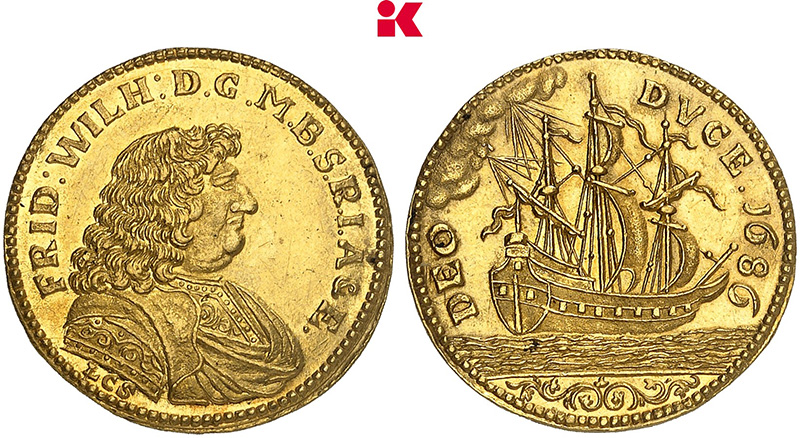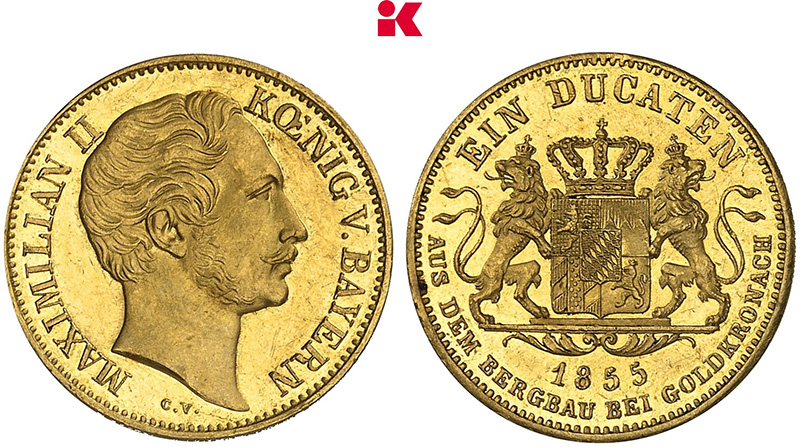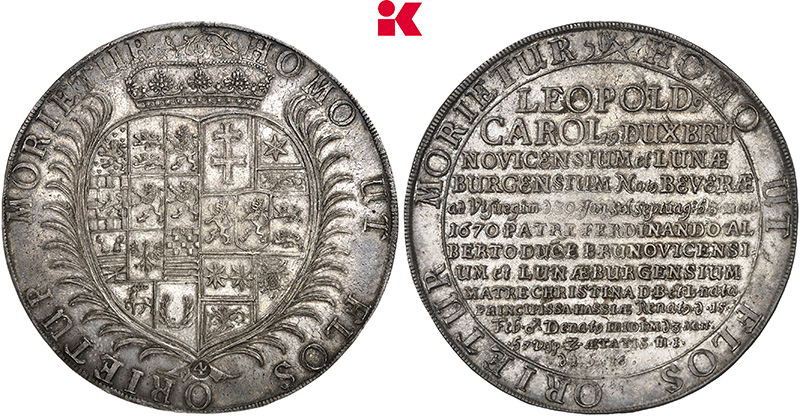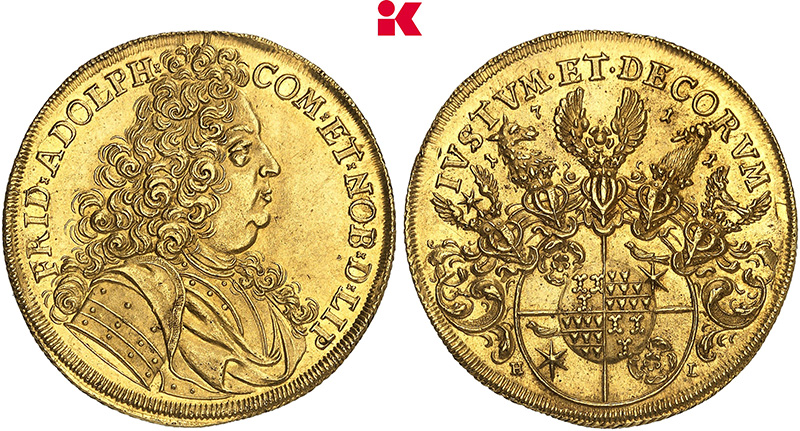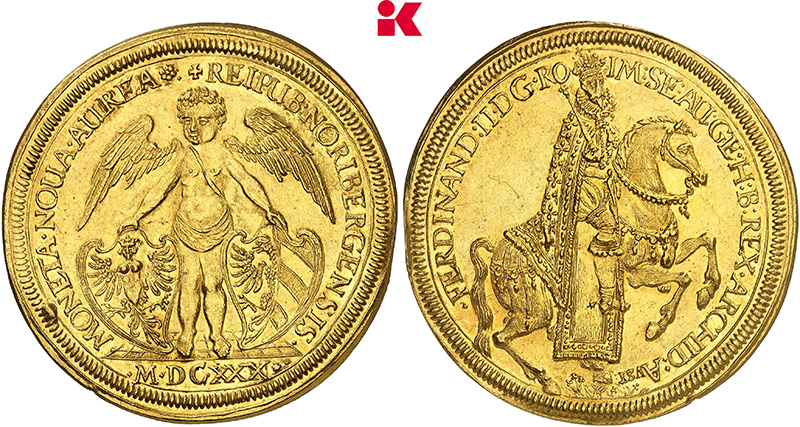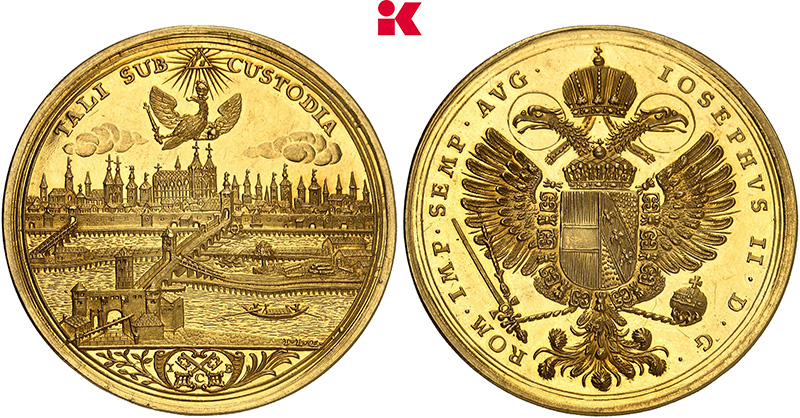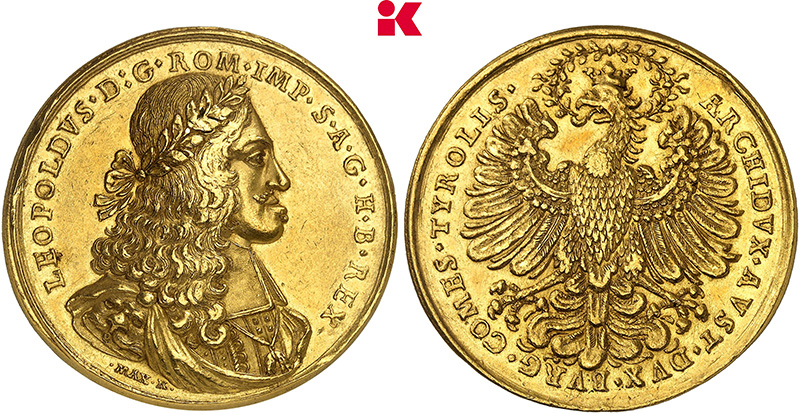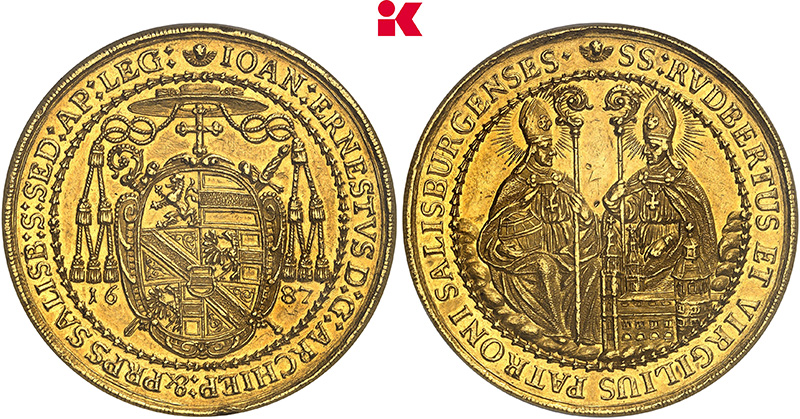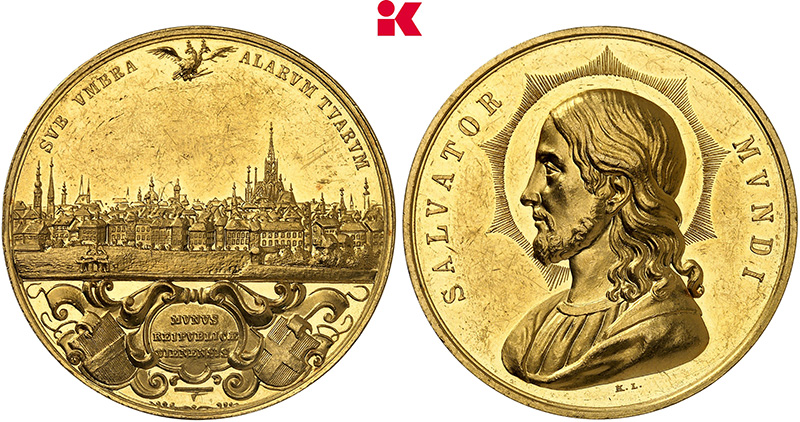100-Euro Gold Coins: Loyal Customers of Münze Deutschland Make a Bargain
By Sebastian Wieschowski
The rise in the gold price has surprised many analysts and caught some investors off guard – gold has hit new all-time highs 40 times this year. But it’s not only precious metal investors who can celebrate; but also coin collectors – if they are loyal customers of the German Mint and have used the direct ordering option.
Content
They benefit once again from a price advantage: since the gold price has continued to rise sharply since the official sales price for the 100-euro gold coins was set and the orders were confirmed, customers of the German Mint receive the commemorative coins at a price well below the current gold market rate.
A 15 Percent Return in a Few Months – A Welcome Side Effect of Coin Collecting
Germany’s gold coins for 2024 were only available during the gold ordering period, which ended on May 15, 2024. Based on the gold price at that time, the sales prices for the commemorative coins were set as follows:
- The 2024 20-Euro Gold Coin “Return of the Wild Animals – Beaver” is priced at 285.81 euros.
- The 2024 50-Euro Gold Coin “German Craftsmanship – Mobility” was set at 546.88 euros.
- The 2024 100-Euro Gold Coin “Masterpieces of German Literature – The Broken Jug” costs exactly 1,096.30 euros.
Comparing with the Current Gold Market:
- The buy-back price for 100-Euro coins at the end of October 2024 is approximately 1,250 euros.
- For 50-Euro coins, around 630 euros are offered.
- The 20-Euro coins are being bought back at around 320 euros.
Compared to the official issue prices, current buy-back rates are around 15 percent higher – a substantial return in just a few months.
Münze Deutschland Responds to Gold Market Dynamics
However, some Münze Deutschland customers are reportedly unhappy with this pricing approach and have voiced their frustration in online forums, as the 100-Euro gold coins were initially offered at a lower price.
When these gold coins first appeared in the Münze Deutschland online shop, the planned sale price was 1,043.15 euros. According to Münze Deutschland, all three gold coins for 2024 were purchased as early as February 2024. In May, Münze Deutschland informed customers in the allocation process for gold coins, stating: “We are compelled to raise the issue price for the 100-Euro gold coin due to the increased gold price.” Naturally, the state cannot afford to sell gold below the market price.
Shortly after, the sale price was adjusted from 1,043.15 euros to 1,096.30 euros. This clause for adjusting sale prices is controversial among collectors but responds to similar market movements in recent years. Yet, the gold market’s developments in 2024 have reached a level of volatility that even seasoned market observers didn’t expect, leaving precious metal traders in Germany still searching for answers behind the gold boom.
German Gold Coins: Rising Prices, Falling Mintages
The pricing of Germany’s 100-Euro gold coins powerfully reflects the gold price’s trajectory:
- The first 100-Euro gold coin in 2002 cost just 193 euros – a dream price for a half-ounce of gold by today’s standards.
- In 2010, prices exceeded 500 euros for the first time, and until 2019, subscribers could buy gold coins within a range of 500 to 700 euros.
- Last year, the official issue price nearly reached 1,000 euros, at exactly 974.74 euros.
- In 2024, the sale price of German gold coins reached a new all-time high.
At the same time, however, mintages are steadily declining. According to the latest mintage statistics from the Federal Ministry of Finance, only 14,600 coins per mint were produced in 2024, compared to 35,000 coins per mint in 2020. When the 100-Euro coins were first introduced in 2002, there were 100,000 pieces per mint.







